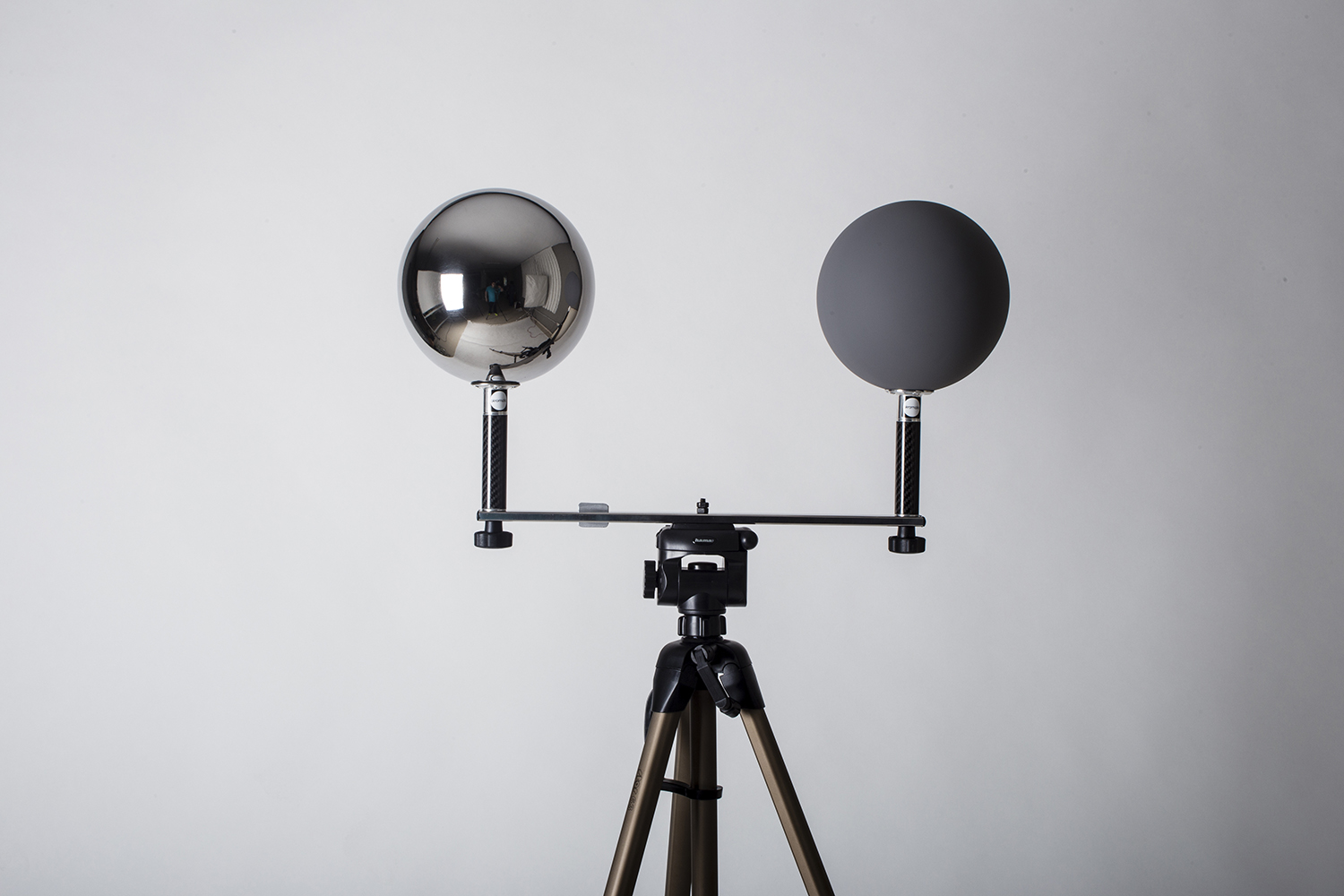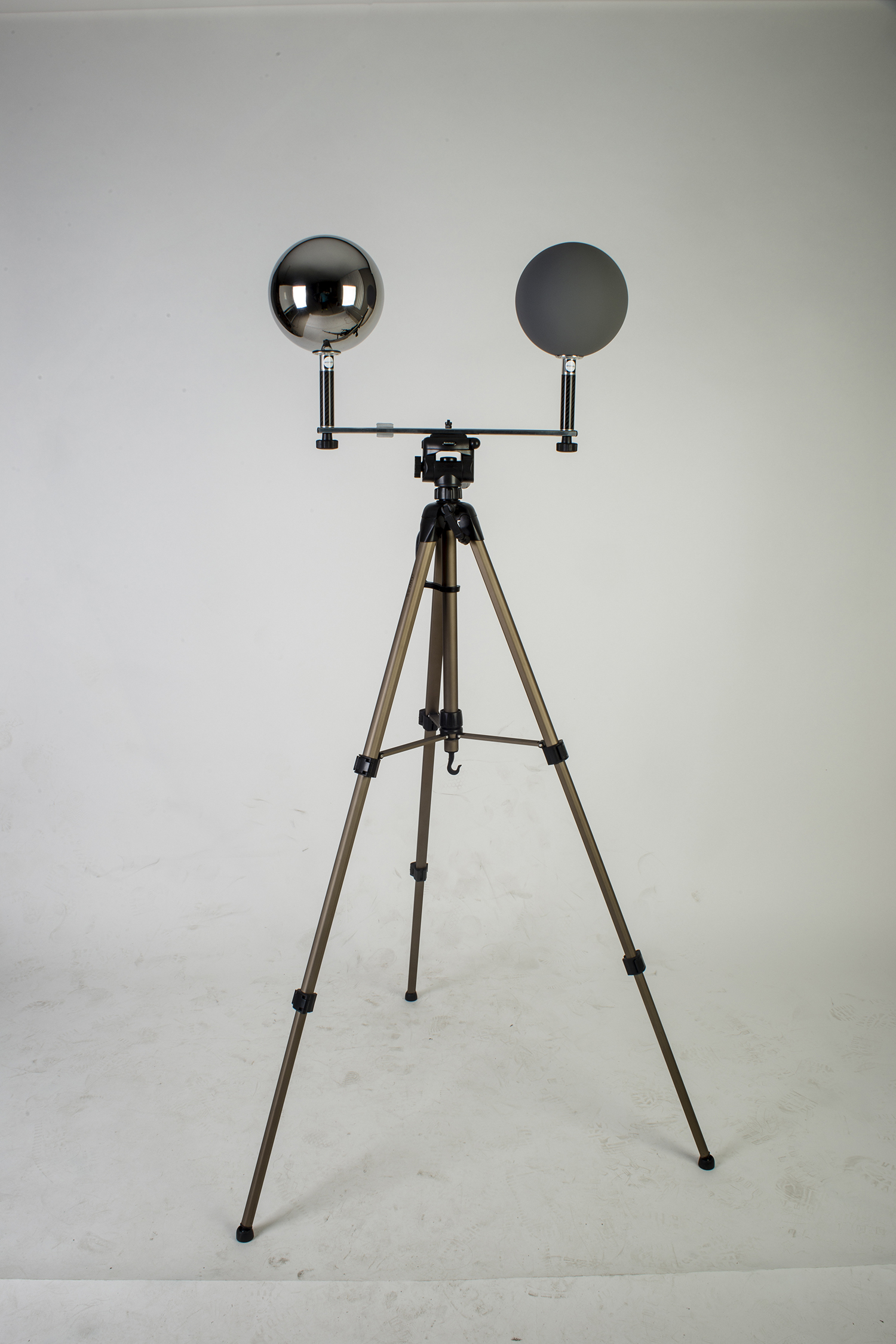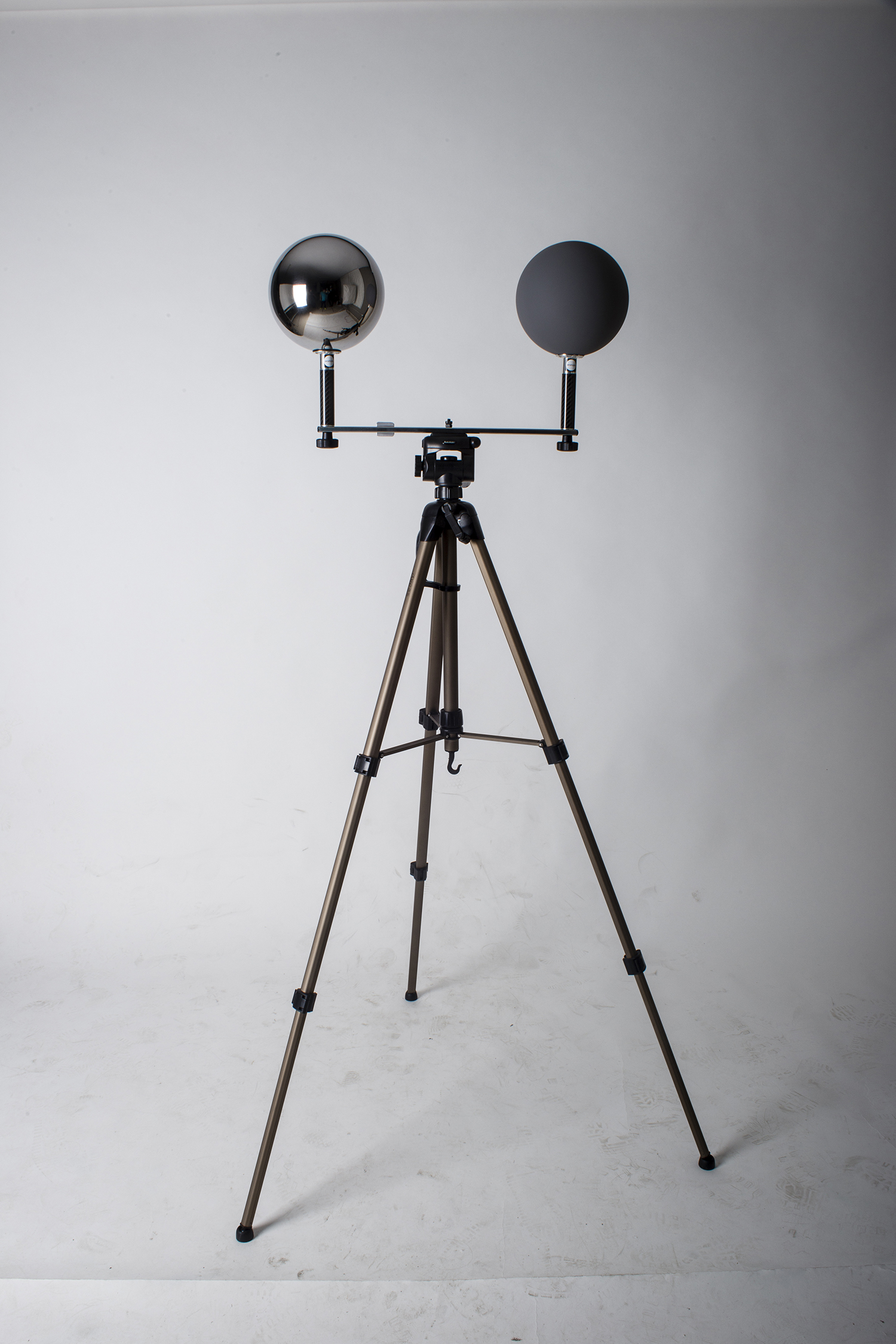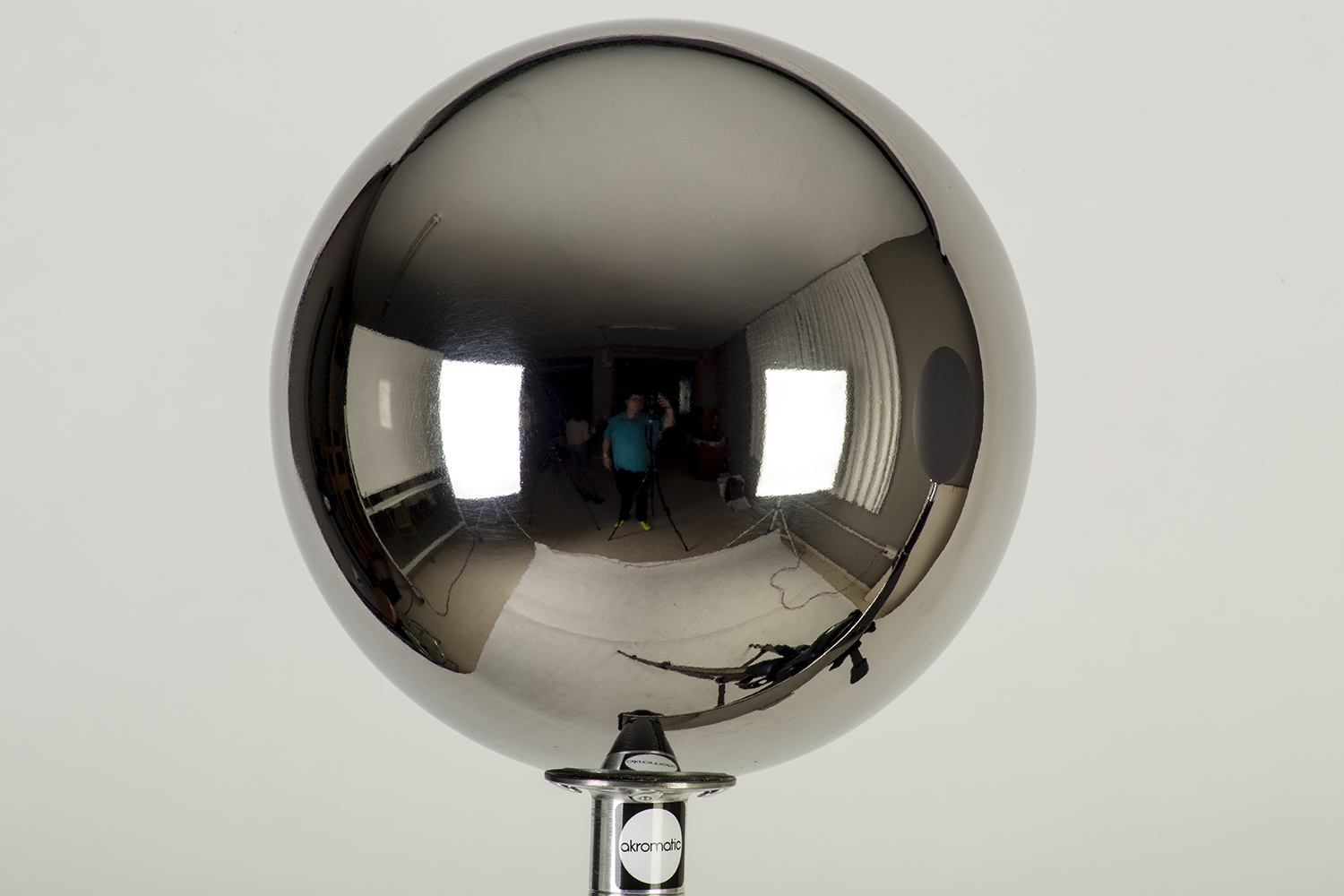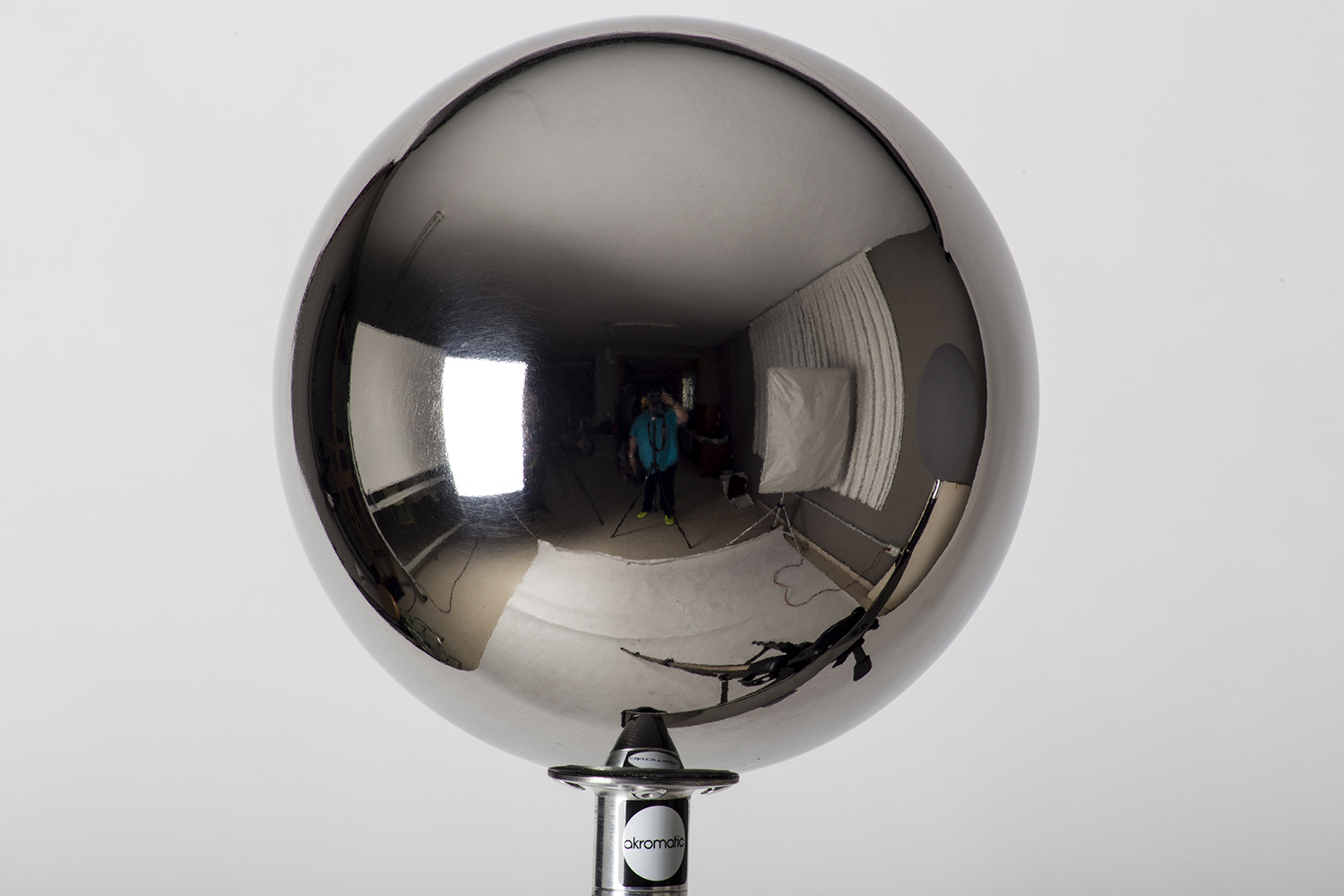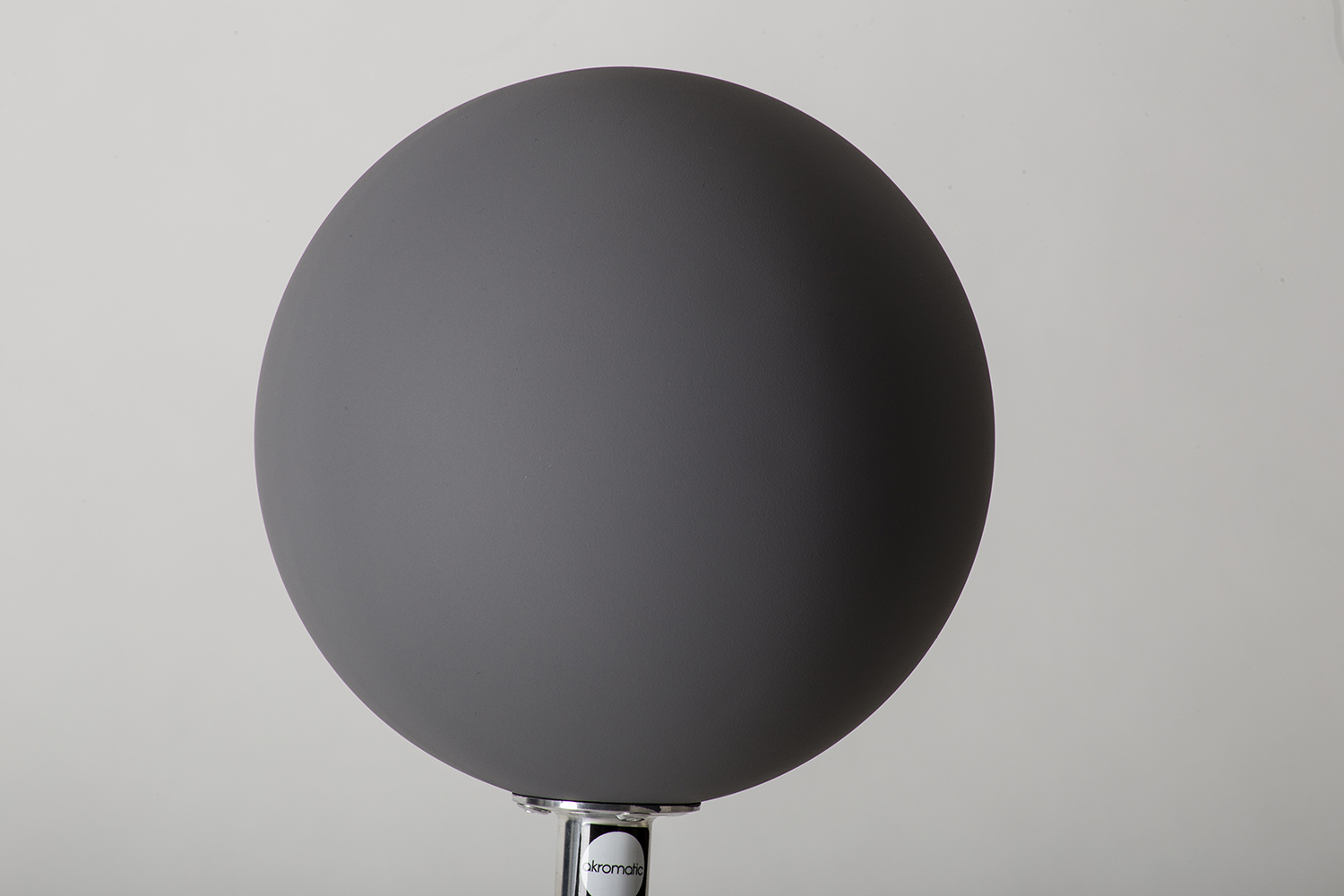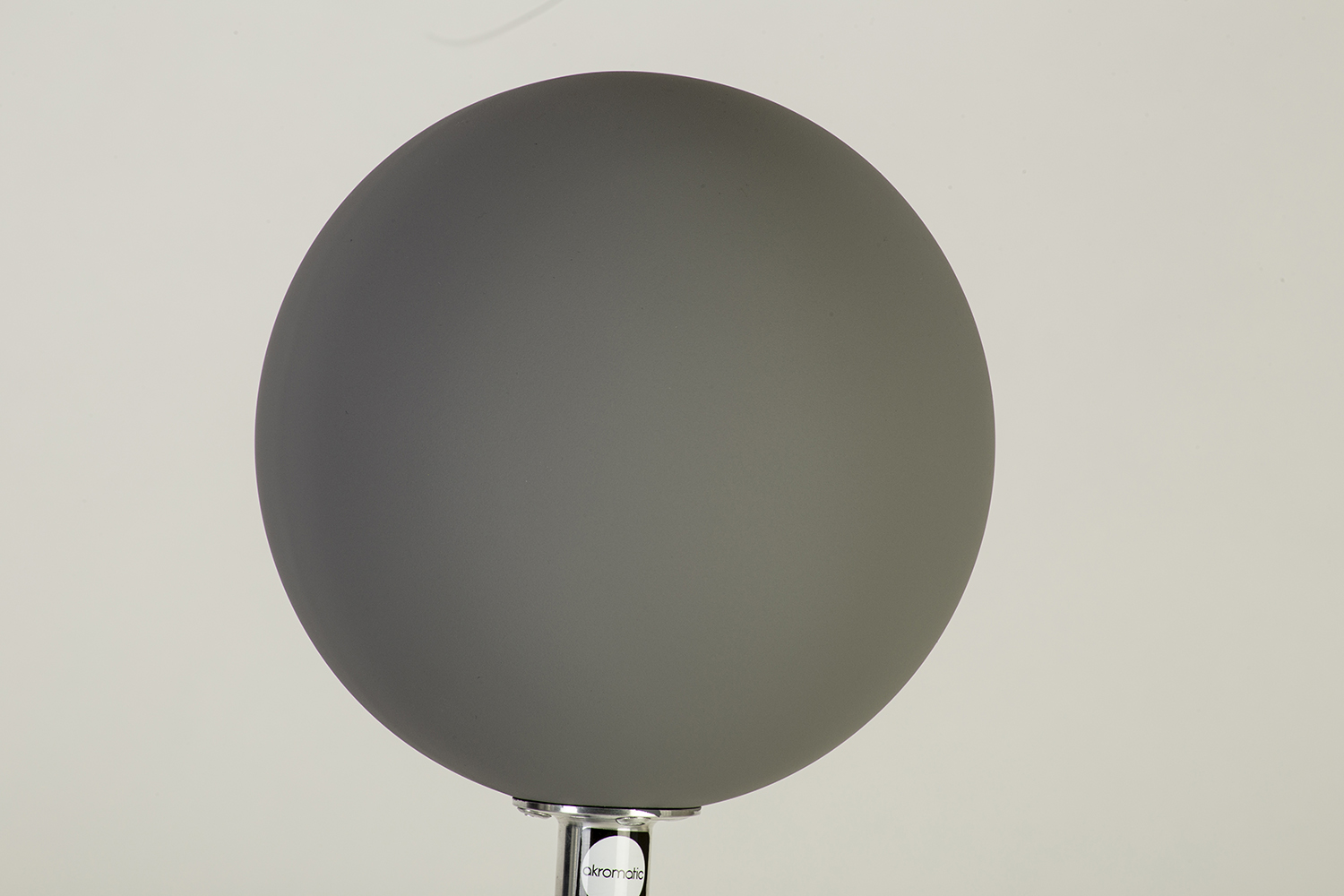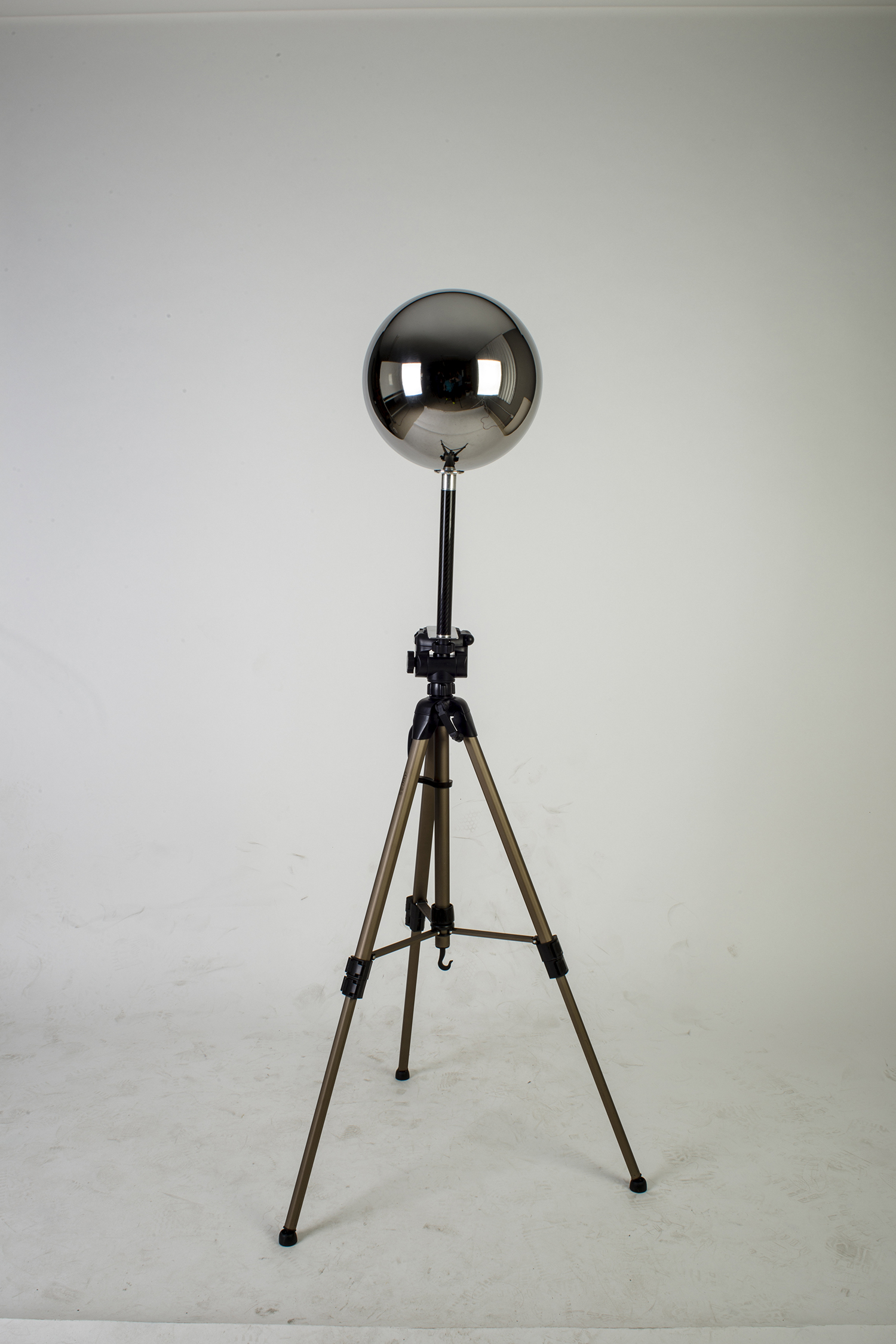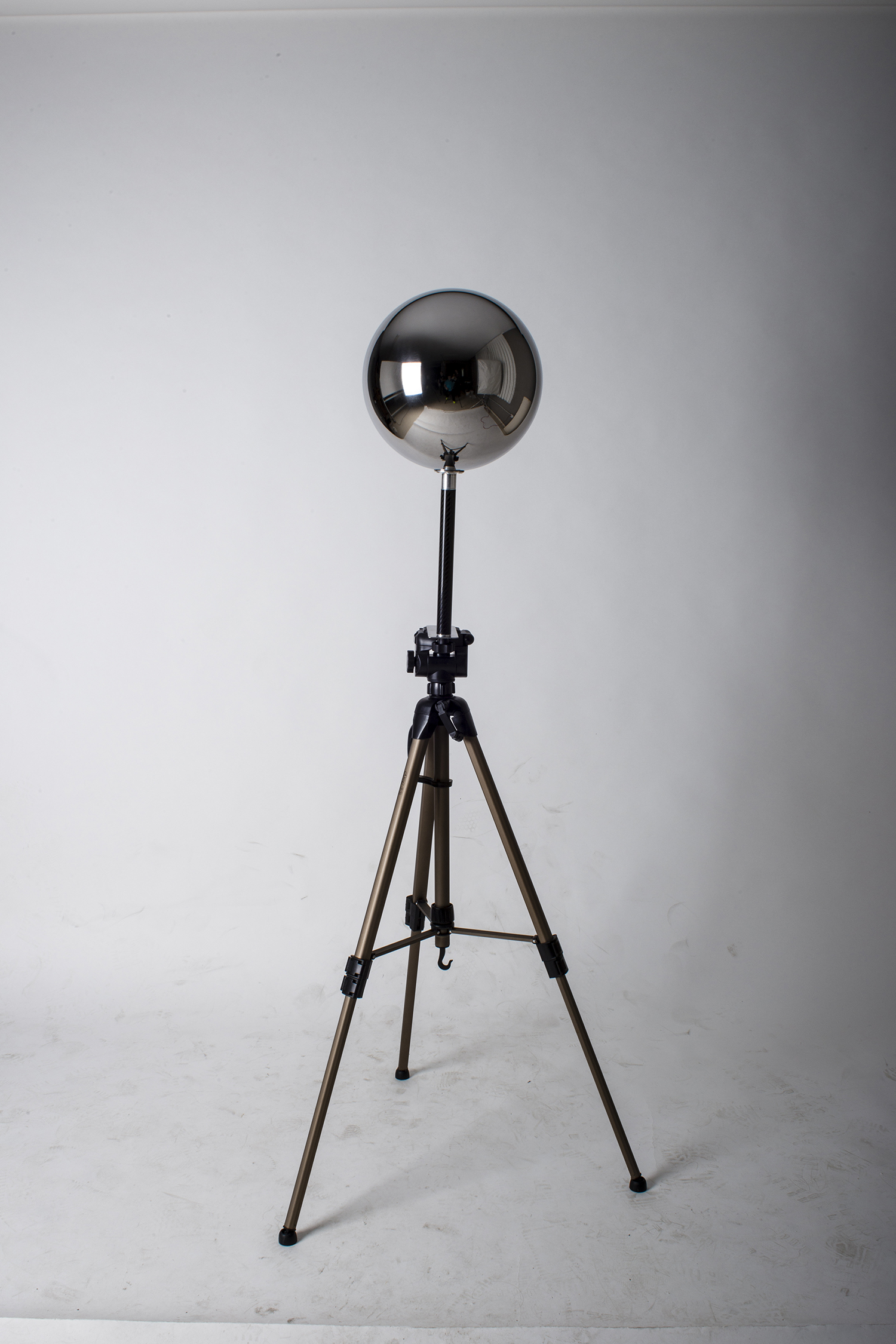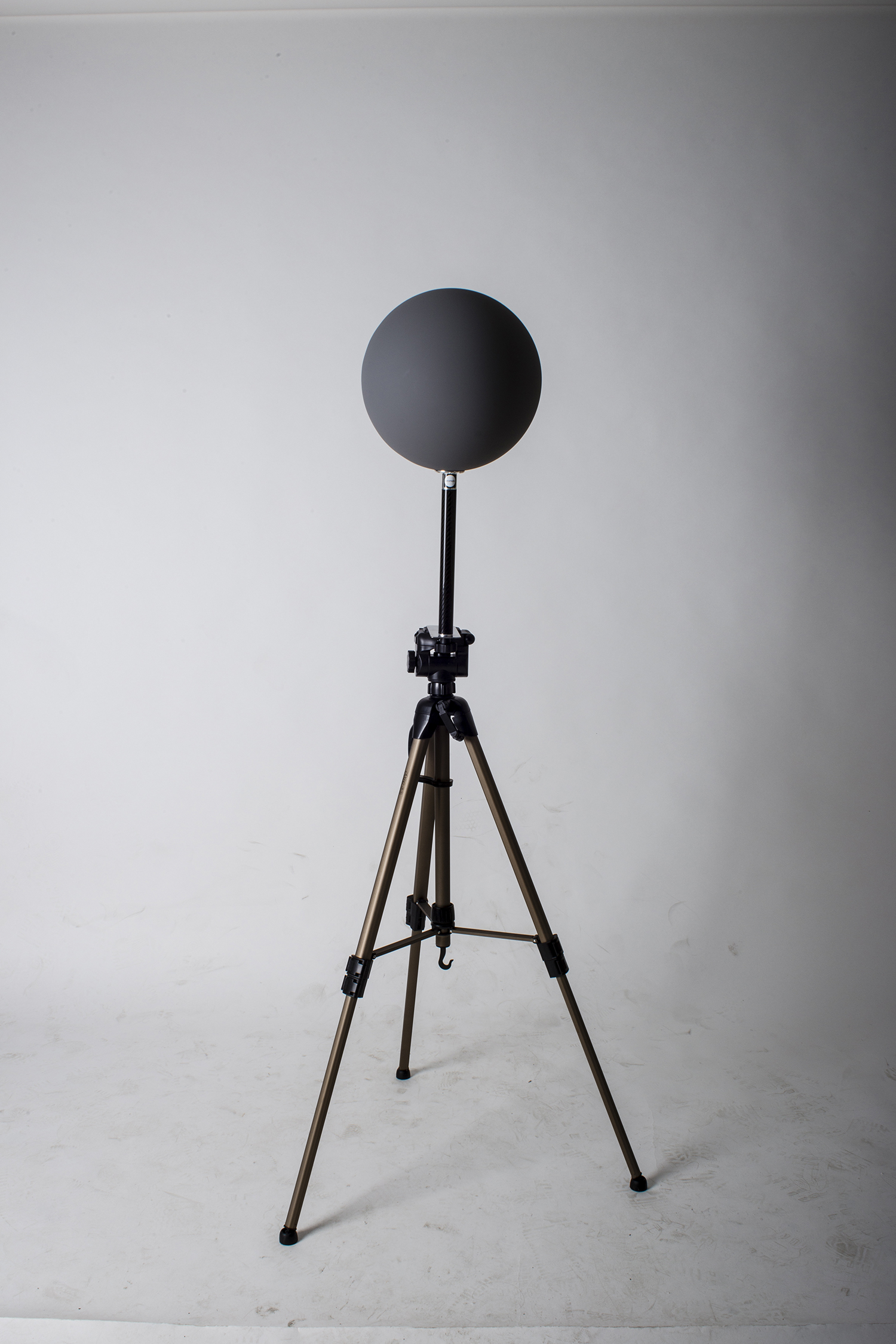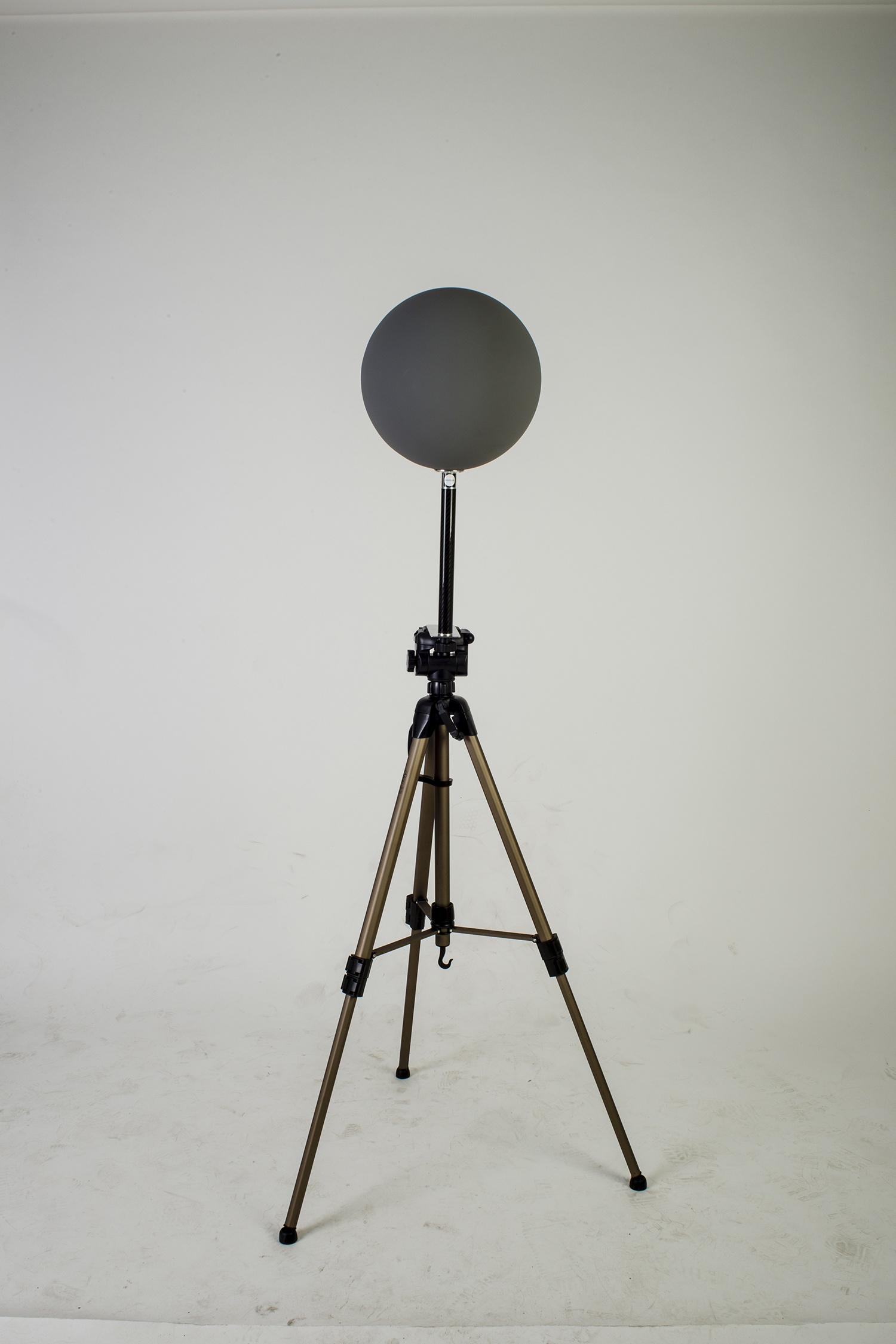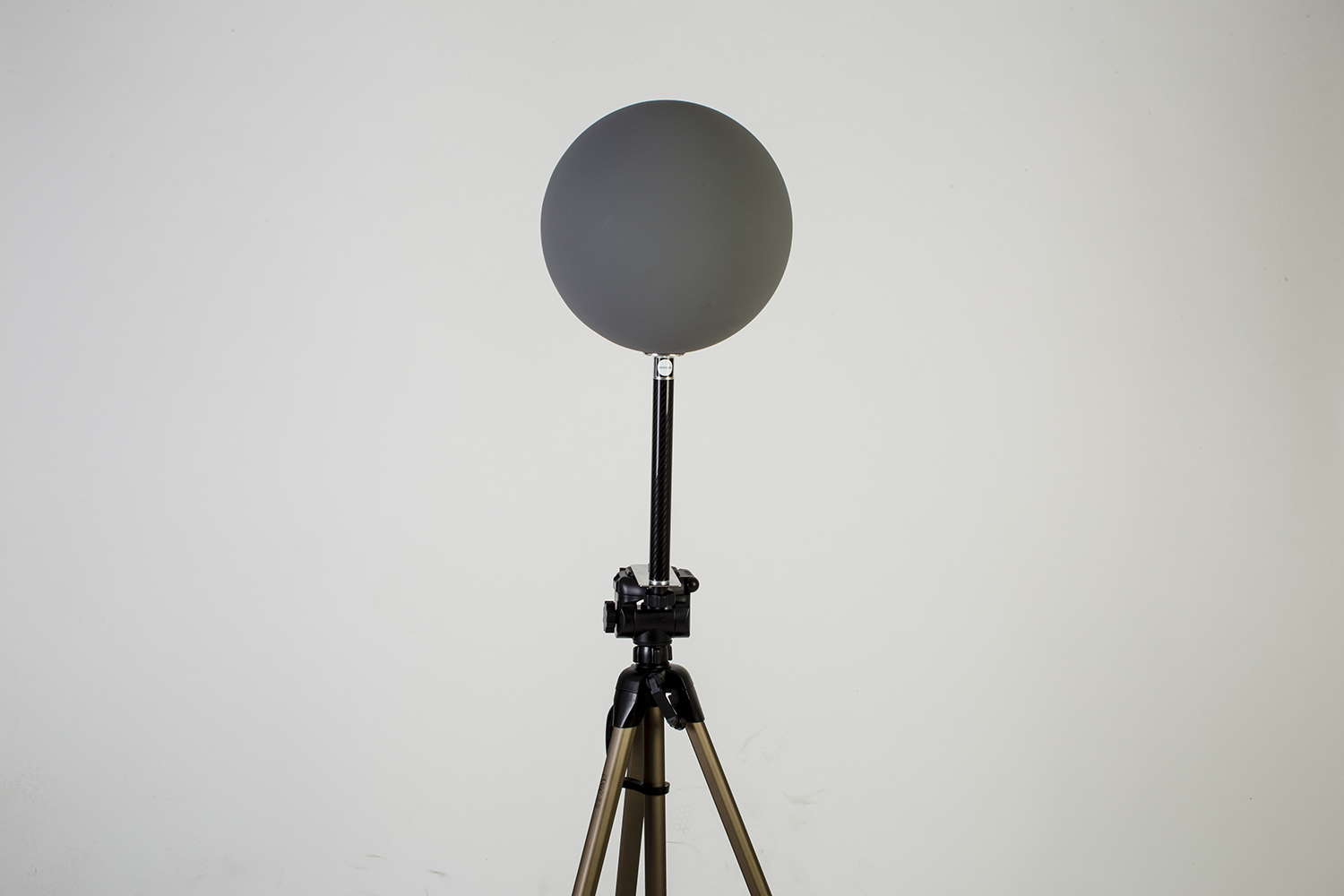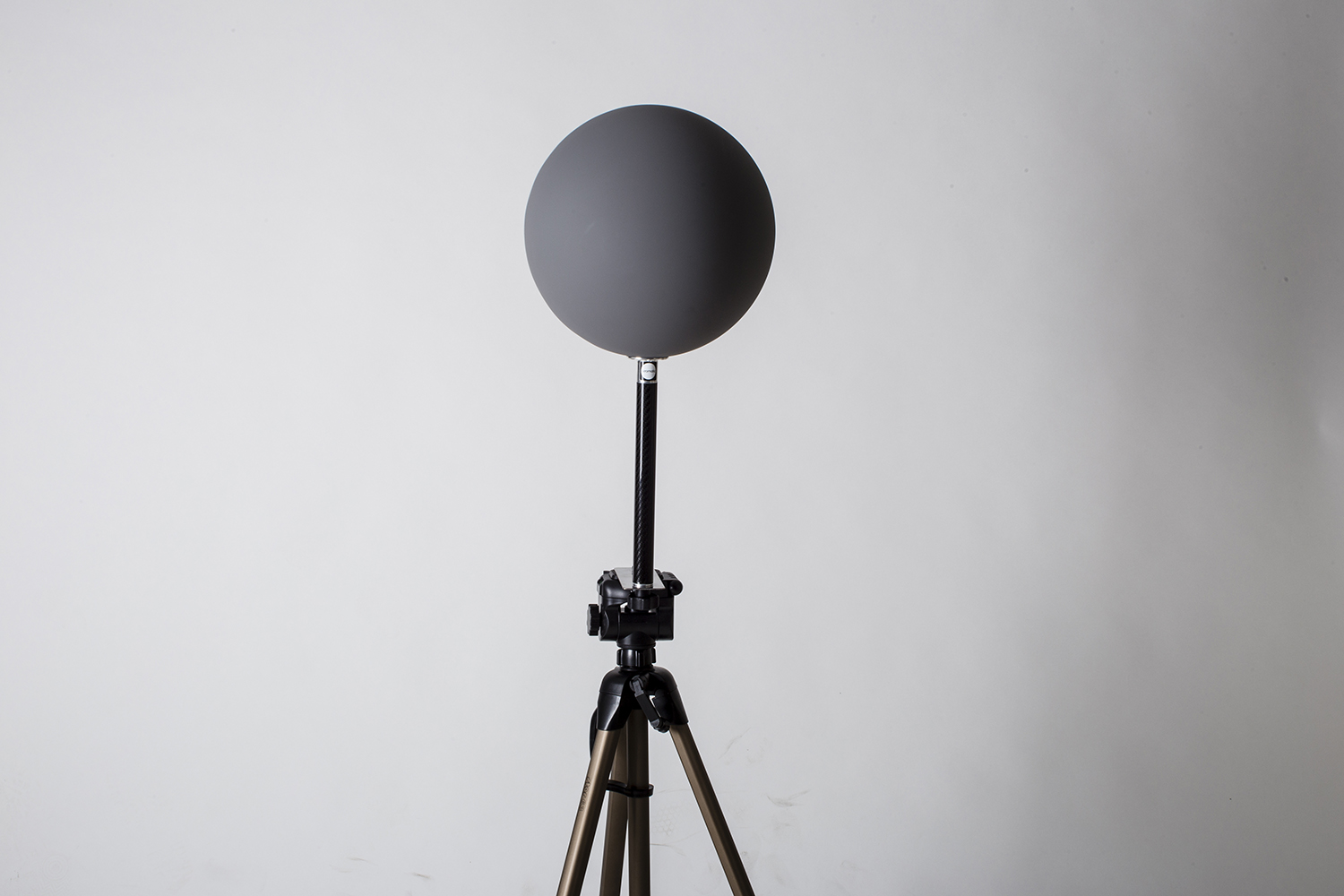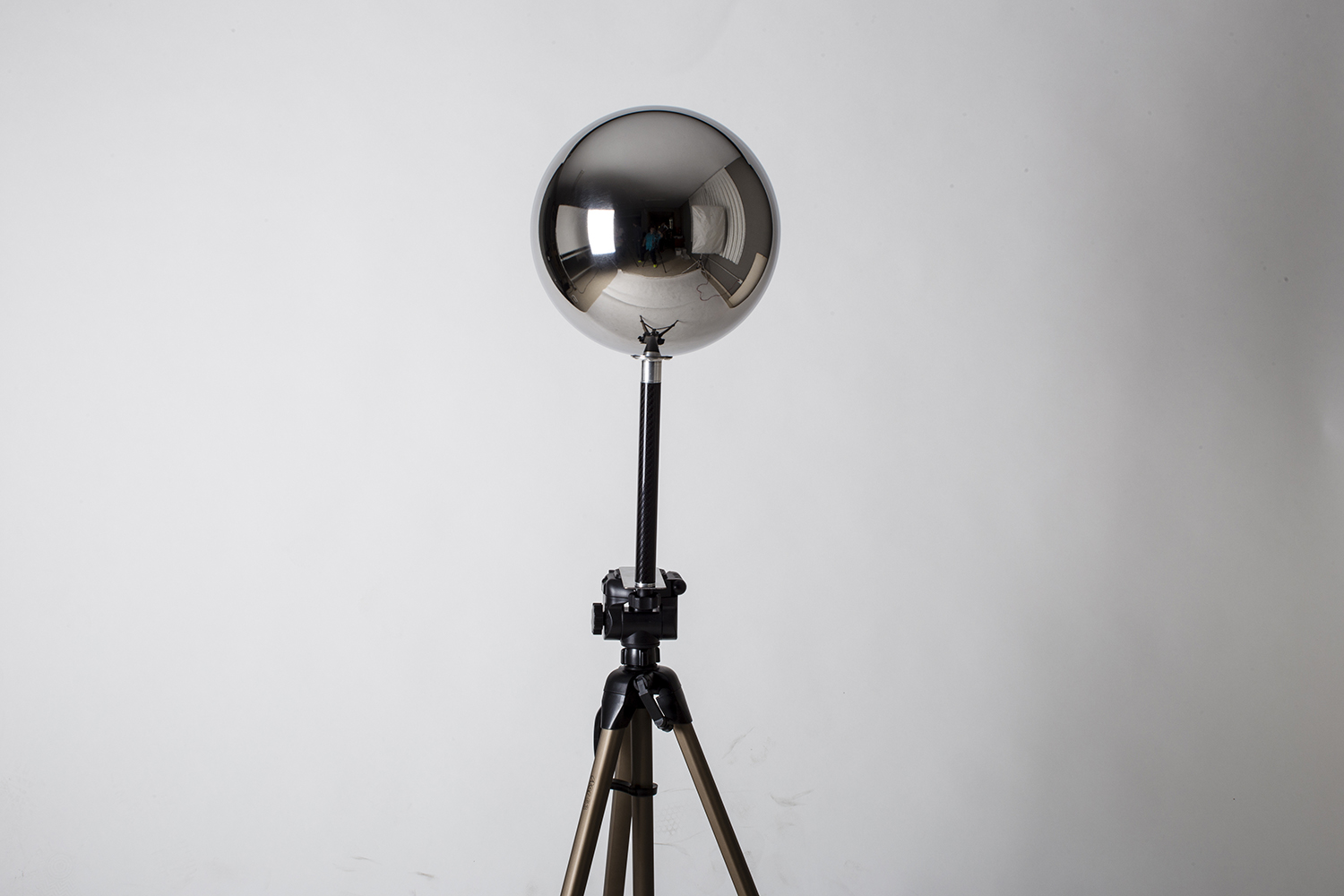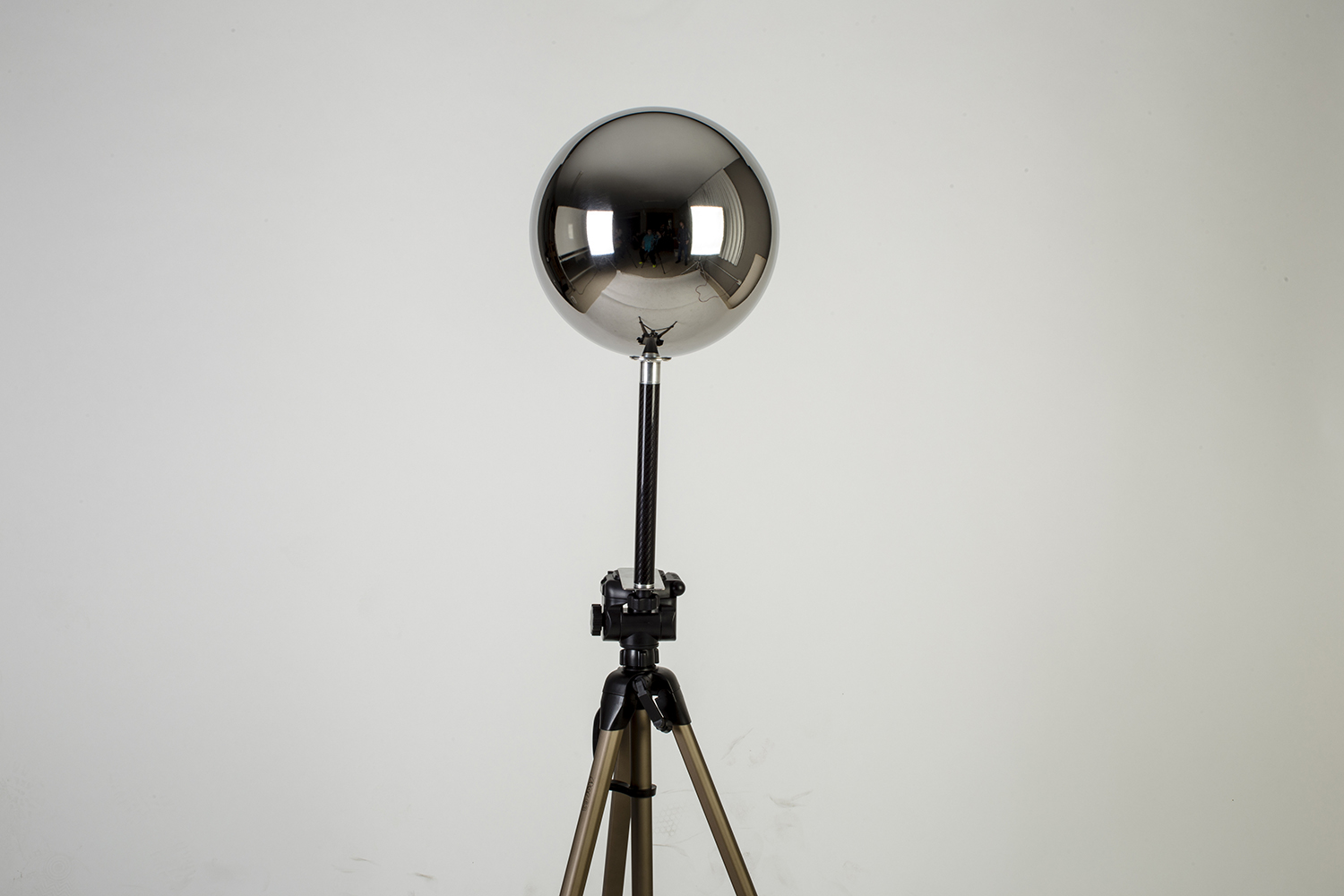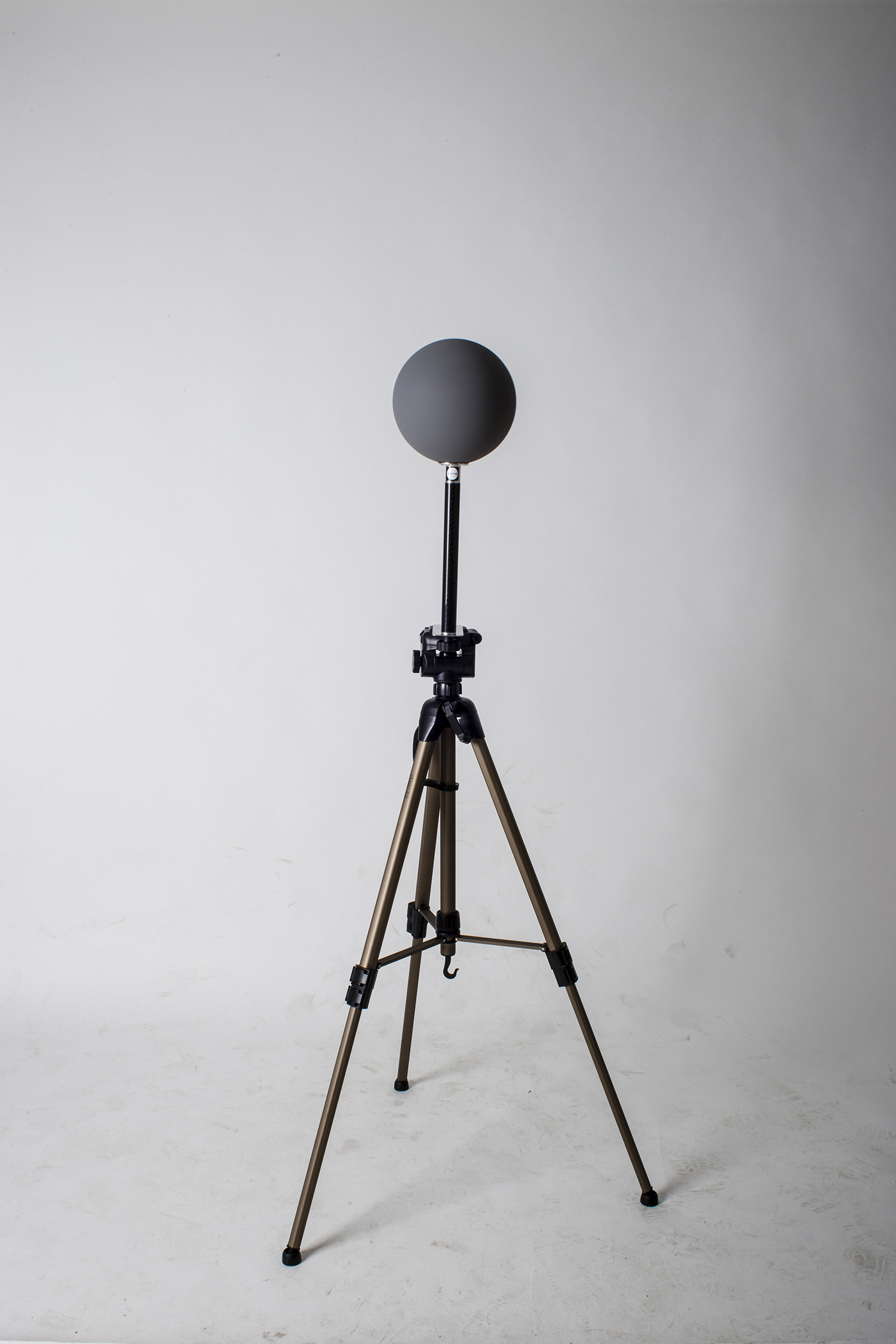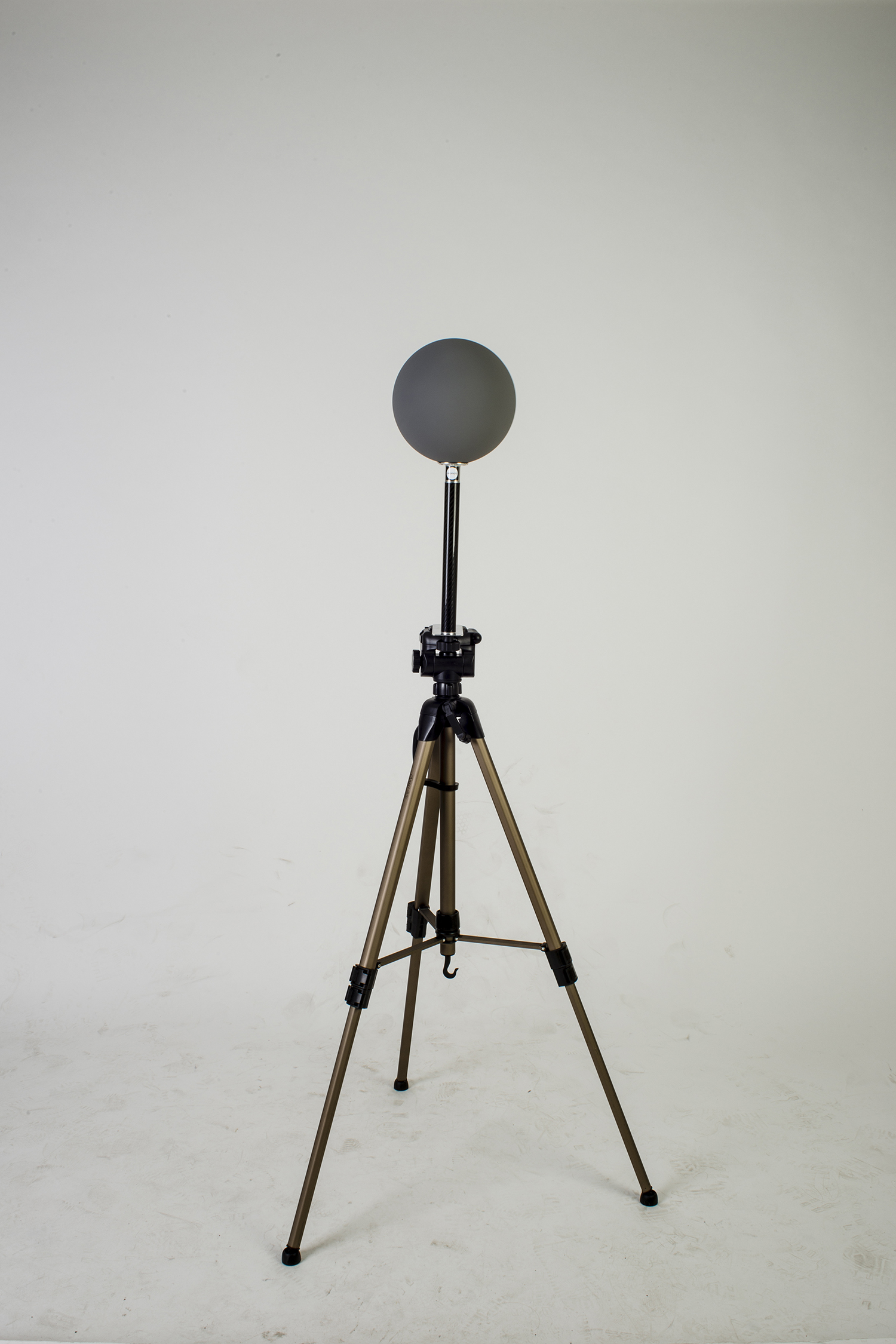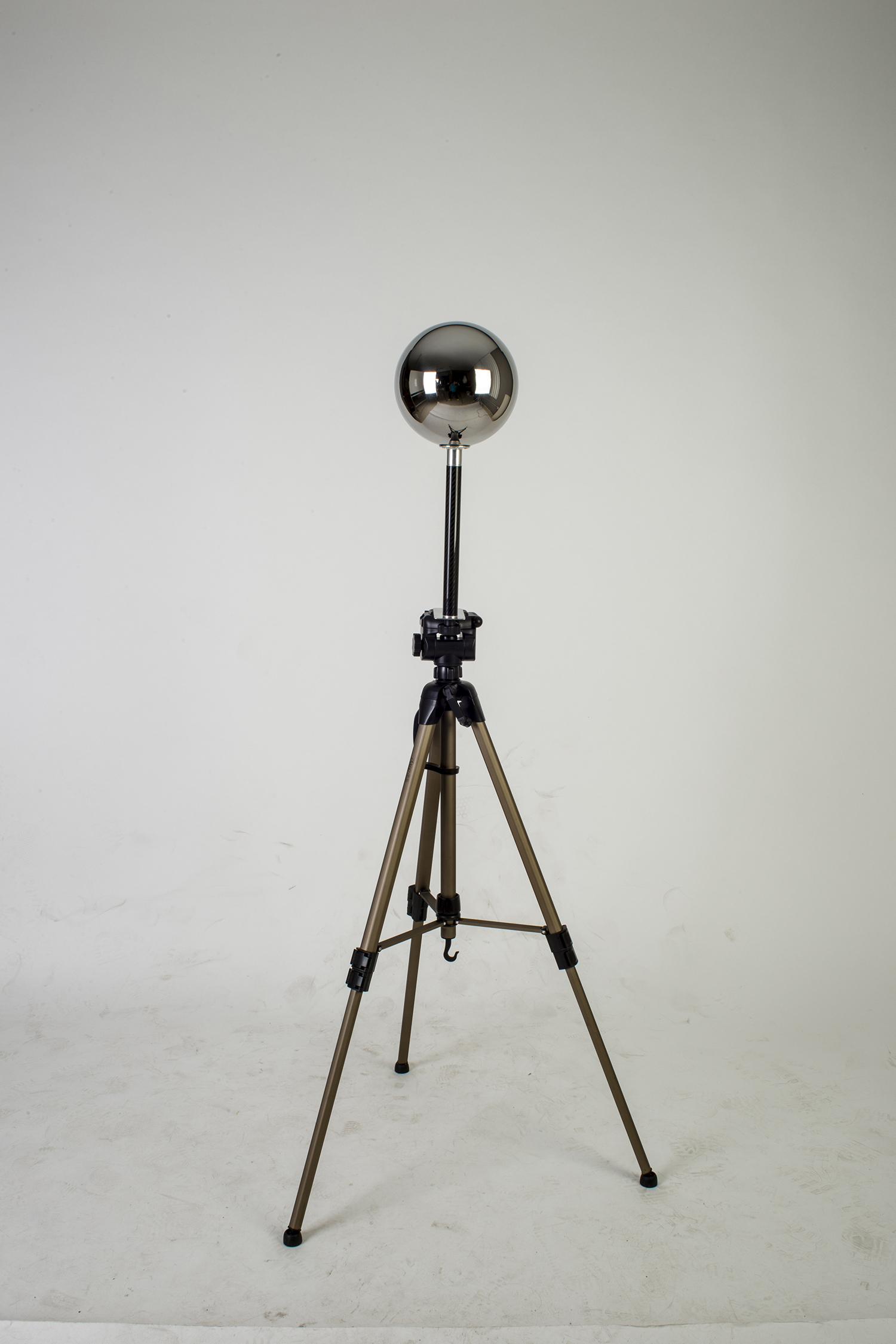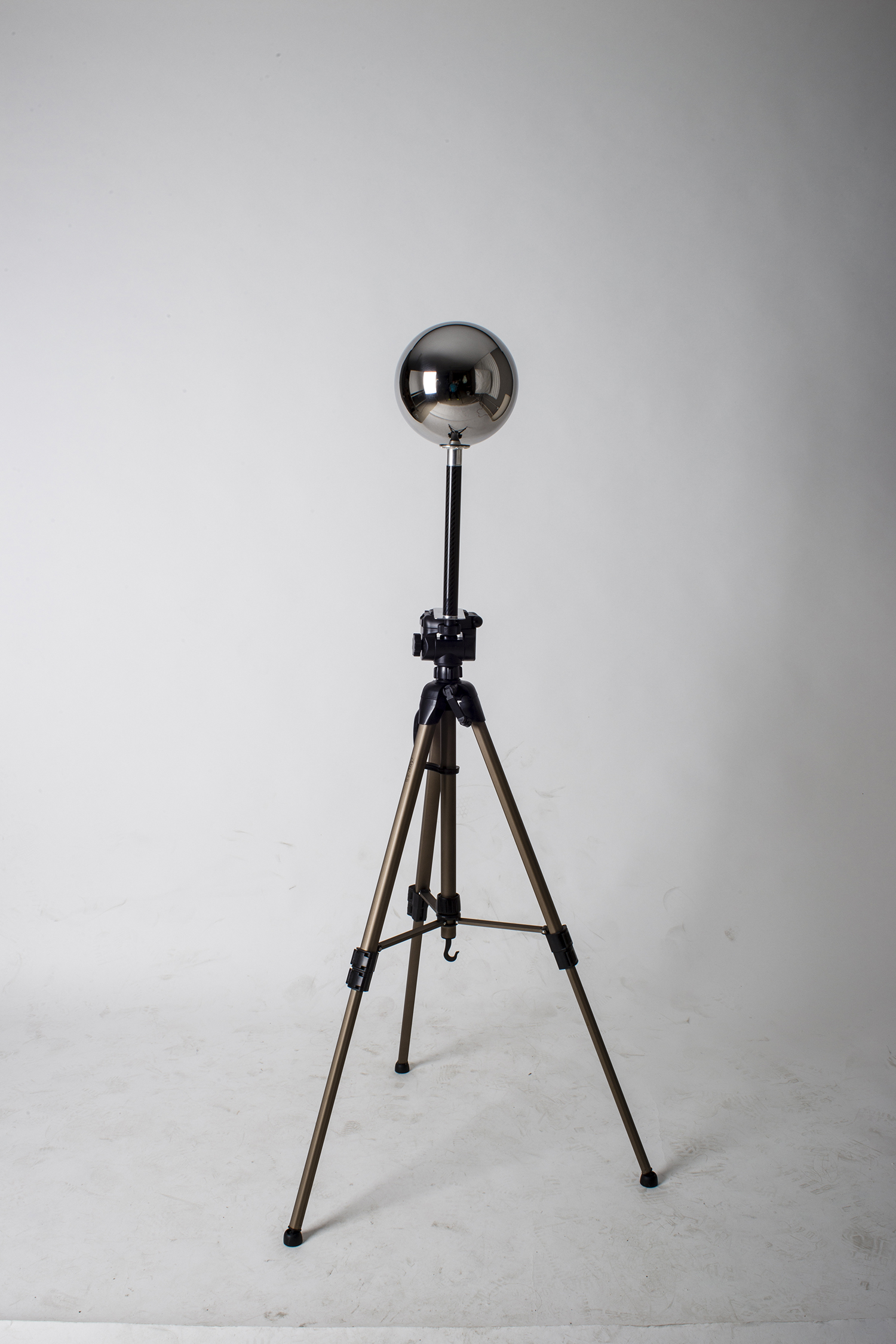As you probably know Arnold manages subdivision individually per object. There is no way to subdivide multiple objects at once. Obviously if you have a lot of different objects in a scene going one by one adding Arnold's subdivision property doesn't sound like a good idea.
This the easiest way that I found to solve this problem and subdivide tons of objects at once.
I have no idea at all about scripting, if you have a better solution, please let me know :)
- This is the character that I want to subdivide. As you can see it has a lot of small pieces. I'd like to keep them separate and subdivide every single one of them.
Model by SgtHK.
- First of all, you need to select all the geometry shapes. To do this, select all the geometry objects in the outliner and paste this line in the script editor.
/* you have to select all the objects you want to subdivide, it doesn’t work with groups or locators.
once the shapes are selected just change aiSubdivType and aiSubdivIterations on the attribute spread sheet.
*/
pickWalk -d down;
string $shapesSelected[] = `ls -sl`;
- Once all the shapes are selected go to the attribute spread editor.
- Filter by ai subd.
- Just type the subdivision method and iterations.
- This is it, the whole character is now subdivided.


